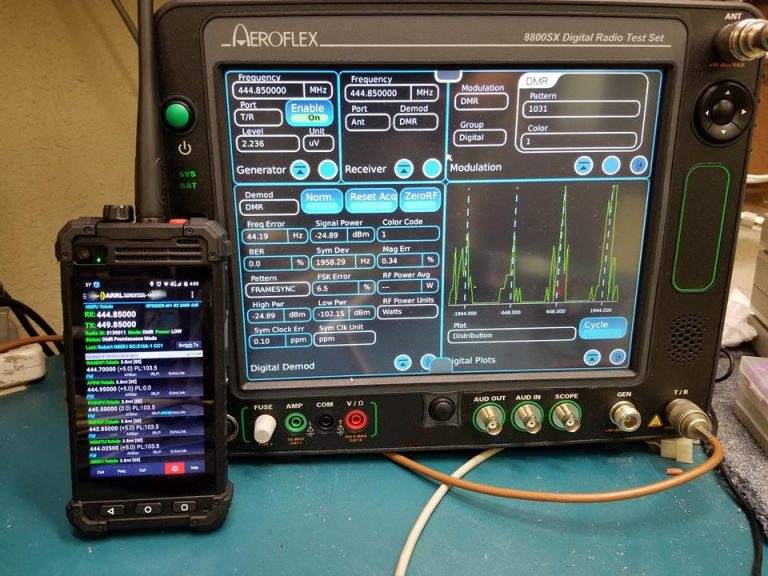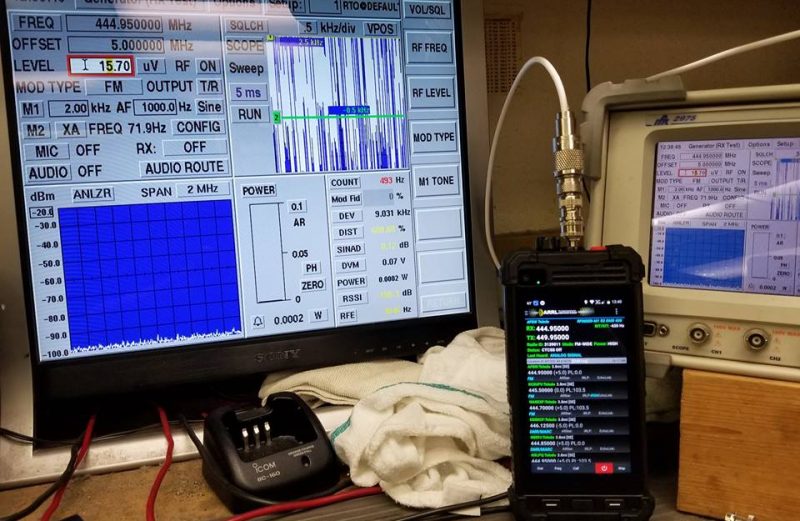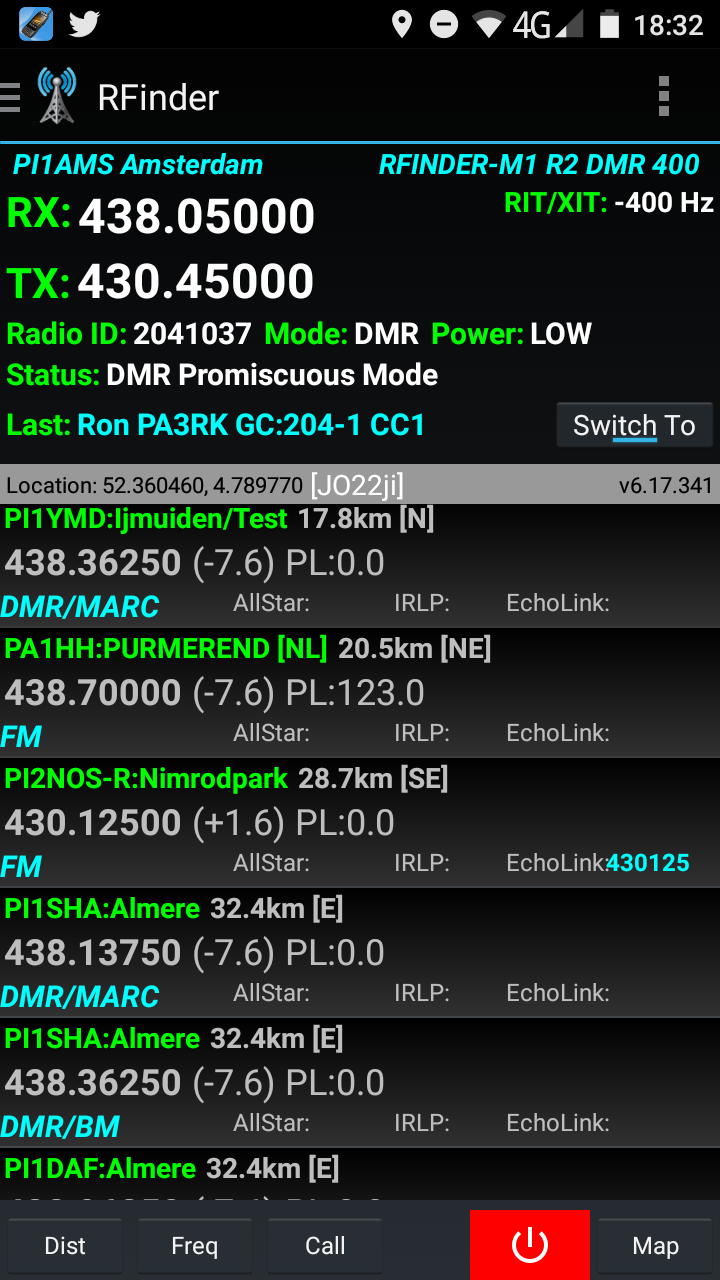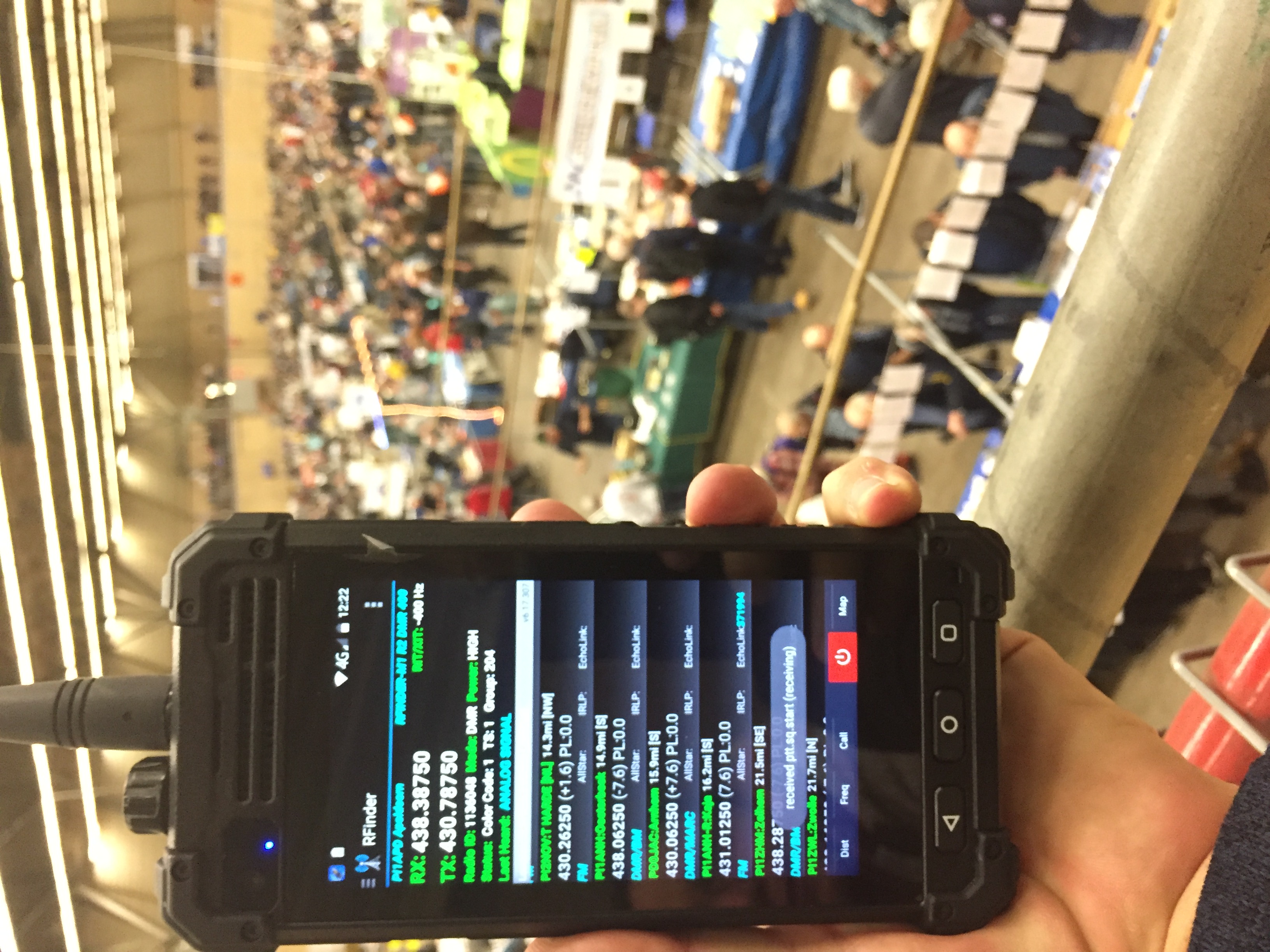Bron: faradayrf.com
The future of amateur radio will be built on its software and supported by hardware. Amateur radio operators will continue to solder components together and string up antennas, but this will be a means to an end for most people. We’ve seen incredible performance increase in hardware by moving towards software defined radios, yet this change has not drastically affected how the radios are used. Hardware is smaller and more accessible than ever before. This has created an opportunity for technology to start changing how we use radios. The change is starting to focus on us, the operators, and software will be the catalyst.

FaradayRF Telemetry firmware radio code.
Change Is Good
There will always be resistance to change. The “know coders” and “real radios have knobs” camps will always have an opinion. Ham radio has been and always will be a medium to explore. Instead of complaining about change, many of us are building digital communities of like-minded people. Radio amateurs who find WSPR and FT8 fascinating are pushing its use for keyboard to keyboard operation. Communities such as FaradayRF are putting the idea of keyboard to keyboard communications into question, pushing forward towards more automation. Ham radio operators are experiencing a paradigm shift within the hobby. Amateur radio isn’t just about real-time communications anymore; experimenters are building interconnected digital infrastructures to serve the wider community. The hobby is about to explode with growth directly from software and hardware platforms waiting to be implemented as tools from the radio amateur’s toolbox.
Networking operations within ham radio allows each station to become larger than itself. Imagine real-time authentication of QSOs using digital signatures. Silence on many of the
microwave bands could be filled with activity as digital networks are much more suited to these bands. Microwave operation is difficult with point to point contacts but perfect for networking short hops between larger collections of stations. Even data mining operations within the bands and using the analytics to gain useful insight into the hobby would be fascinating. Improved sensor telemetry also allows ham radio to be on the forefront of citizen science.
A Connected Medium For Exploration
Ham radio is no longer just about making the contact. Instead it’s changing into an incredibly useful medium for fun, education, and experimentation just like it always has been. Simply, we always viewed the hobby as a means to communicate when the hobby is even more interesting if the communications become the enabler of even better technology. Software glues hardware and adventures together. Our hobby provides us the opportunity for adventure, linking distant stations together. This is why the future of ham radio is software. Embracing this change will grow not only the technology in amateur radio but the strength of our community.



